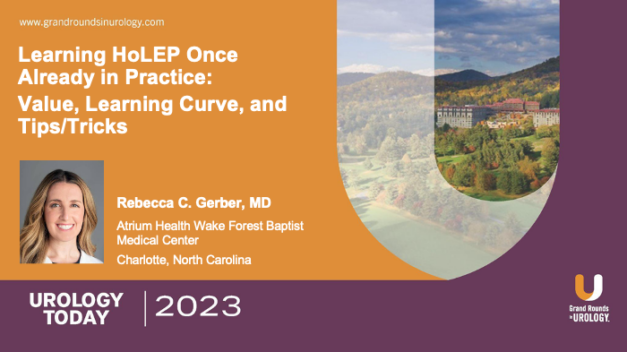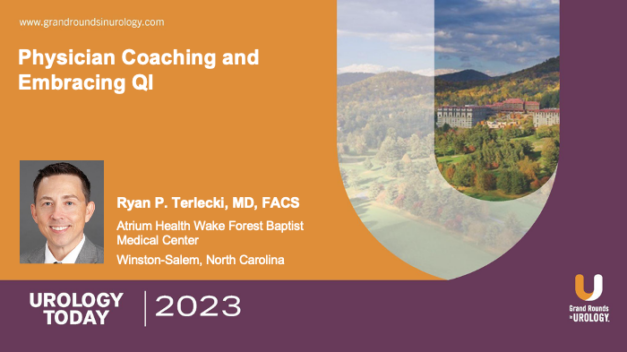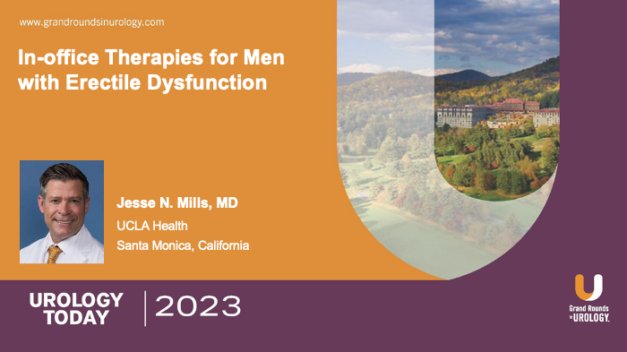Learning HoLEP Once Already in Practice: Value, Learning Curve, and Tips/Tricks
Rebecca C. Gerber, MD, presents practical guidance on the use of Holmium Laser Enucleation of the Prostate (HoLEP) in clinical practice. Dr. Gerber begins by enumerating the benefits of HoLEP as a treatment, and pre-operative requirements for patients.
Dr. Gerber then provides an overview of perioperative considerations and the steps for the procedure. She presents a video demonstration of the procedure in practice, providing her clinical perspective for each step.
Dr. Gerber concludes by presenting examples of past HoLEP procedures, and providing her perspectives on which cases are better for practitioners with less HoLEP experience. She highlights the benefits of using HoLEP to treat catheter-dependent patients.
Read More




